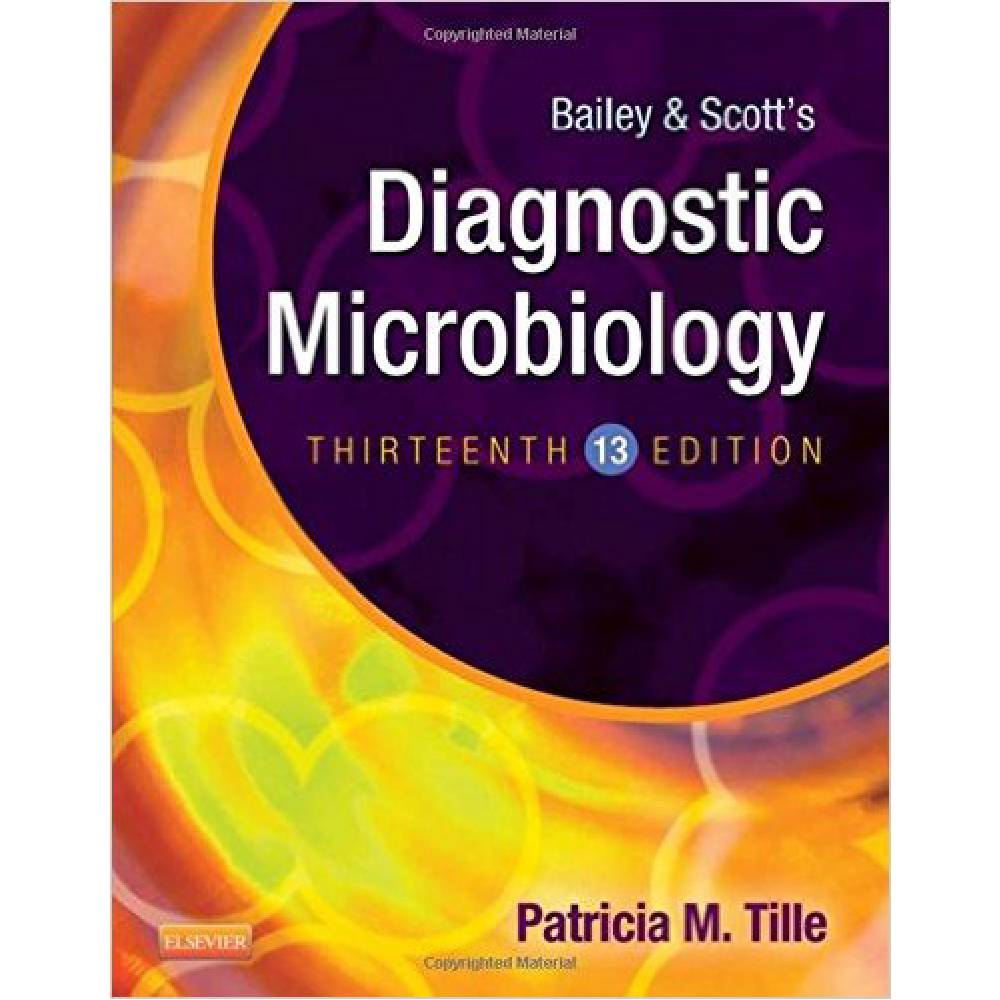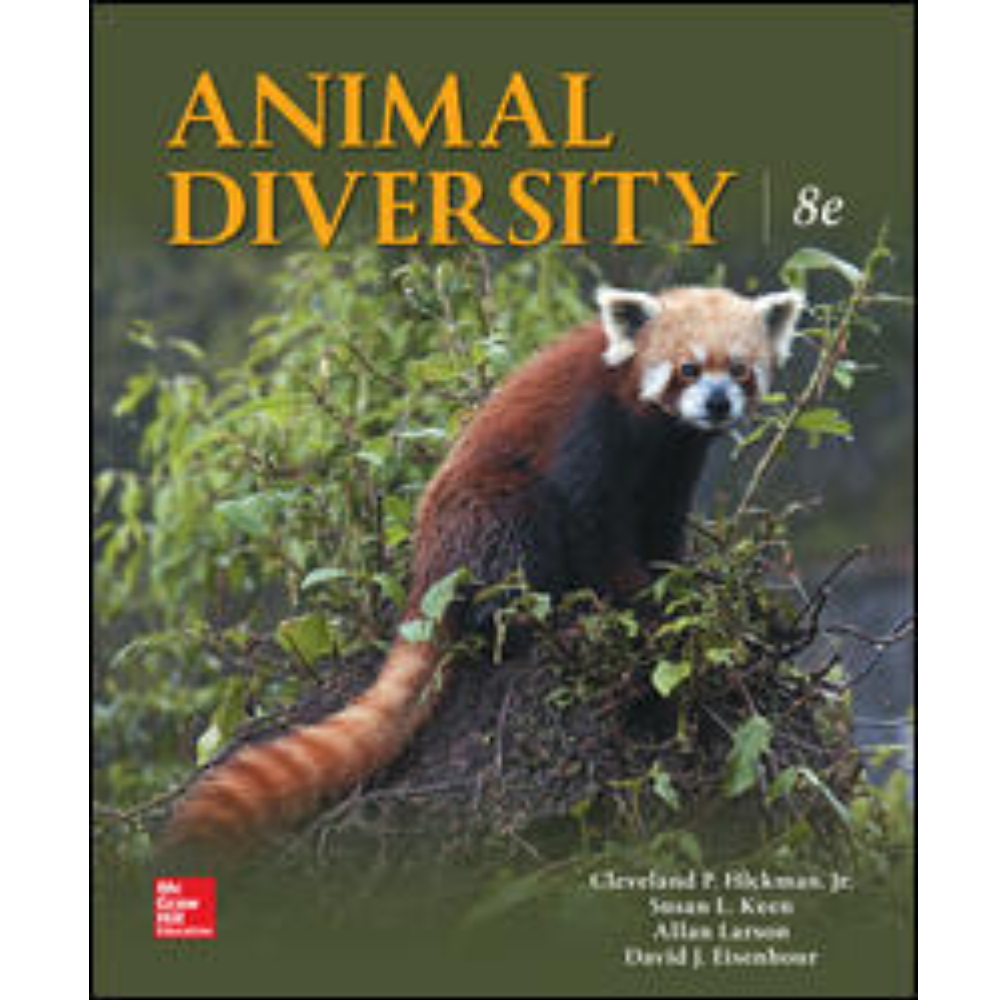Animal Diversity 8th Edition By Hickman – Test Bank
$55.00
Animal Diversity 8th Edition By Hickman – Test Bank
You will receive this product within 24 hours after placing the order
Chapter 11 Annelids
1) Select the list of characteristics typical of annelids.
- A) Segmentation, open circulation, and nephridia
- B) Segmentation, a closed circulatory system, and nephridia
- C) An exoskeleton, seasonal reproduction, and a pseudocoelom
- D) An endoskeleton, seasonal reproduction, and a pseudocoelom
Answer: B
Section: 11.01
Topic: Phylum Annelida
Learning Objective: 11.01 Compare and contrast the polychaete and oligochaete, and leech body plans.
Bloom’s: 1. Remember
Gradable: automatic
2) Each internal compartment of an annelid is lined with
- A) amebocytes that serve to distribute food and remove wastes.
- B) nephridiocytes that keep the coelomic fluid in circulation.
- C) cuticle secreted by the epithelium.
- D) peritoneum, a layer of mesodermal epithelium.
Answer: D
Section: 11.01
Topic: Phylum Annelida
Learning Objective: 11.01 Compare and contrast the polychaete and oligochaete, and leech body plans.
Bloom’s: 1. Remember
Gradable: automatic
3) A robin has difficulty pulling an earthworm from its earthen burrow because of small chitinous bristles called
- A) parapodia.
- B) segments.
- C) annuli.
- D) metanephridia.
- E) setae.
Answer: E
Section: 11.01
Topic: Phylum Annelida
Learning Objective: 11.04 Provide examples of diversity within the annelids in terms of feeding, locomotion, and habitats occupied.
Bloom’s: 1. Remember
Gradable: automatic
4) The circulatory system of earthworms is
- A) open with blood “washing” through the coelomic cavity.
- B) half closed with hearts pushing blood toward the head but washing posteriorly through an open cavity.
- C) closed with dorsal and ventral blood vessels joined by five paired “hearts” forcing circulation flow dorsal-ventrally.
- D) absent and they rely solely on diffusion to absorb gases through the epidermis.
Answer: C
Section: 11.01
Topic: Phylum Annelida
Learning Objective: 11.01 Compare and contrast the polychaete and oligochaete, and leech body plans.
Bloom’s: 2. Understand
Gradable: automatic
5) Considering the age of the various segments of an annelid such as an earthworm,
- A) they are born with all segments present and these merely grow in size; this allows segment count to be a major feature in their identification.
- B) new segments are added just behind the prostomium, so the oldest segments are at the posterior end.
- C) new segments are added just in front of the pygidium, so the oldest segments are at the anterior end.
- D) segments grow and duplicate in a haphazard fashion preventing their use in identification.
Answer: C
Section: 11.01
Topic: Phylum Annelida
Learning Objective: 11.03 Explain how the metameric body functions in burrowing.
Bloom’s: 2. Understand
Gradable: automatic
6) The body wall of an annelid consists of
- A) an epidermis and longitudinal muscles only, as is the case with nematodes.
- B) a non-living cuticle, and inner circular muscles to squeeze the cuticle.
- C) an epithelium that secretes cuticle, and layers of both longitudinal and circular muscles.
- D) a bare epidermis with inner circular muscles and outer longitudinal muscles.
- E) a soft exoskeleton to hold up in the absence of inner fluids, with outer circular muscles and inner longitudinal muscles.
Answer: C
Section: 11.01
Topic: Phylum Annelida
Learning Objective: 11.01 Compare and contrast the polychaete and oligochaete, and leech body plans.
Bloom’s: 2. Understand
Gradable: automatic
7) In contrast to roundworms, how do segmented worms elongate or stretch lengthwise?
- A) Contracting the longitudinal muscles
- B) Contracting circular muscles
- C) Forcibly expanding the circular muscles
- D) Forcibly expanding longitudinal muscles
Answer: B
Section: 11.01
Topic: Phylum Annelida
Learning Objective: 11.03 Explain how the metameric body functions in burrowing.
Bloom’s: 2. Understand
Gradable: automatic
8) The polychaetes
- A) belong to the smallest and most evolutionarily derived class of annelids.
- B) are mostly freshwater inhabitants.
- C) are mostly terrestrial, living in moist soil.
- D) consist of active predators and sedentary particle feeders.
- E) cannot tolerate brackish or marine salinity.
Answer: D
Section: 11.01
Topic: Phylum Annelida
Learning Objective: 11.04 Provide examples of diversity within the annelids in terms of feeding, locomotion, and habitats occupied.
Bloom’s: 1. Remember
Gradable: automatic
9) Polychaetes differ from other annelids because polychaetes
- A) lack any head or specialized sense organs.
- B) have paired parapodia on most segments.
- C) have a clitellum used for reproductive purposes.
- D) lack setae.
Answer: B
Section: 11.01
Topic: Phylum Annelida
Learning Objective: 11.02 Describe the body plans within the Errantia and Sedentaria clades.
Bloom’s: 1. Remember
Gradable: automatic
10) Many polychaetes are euryhaline meaning that they
- A) can tolerate a wide range of salinity.
- B) must live in marine conditions.
- C) possess both male and female reproductive organs.
- D) always live in tubes.
Answer: A
Section: 11.01
Topic: Phylum Annelida
Learning Objective: 11.04 Provide examples of diversity within the annelids in terms of feeding, locomotion, and habitats occupied.
Bloom’s: 1. Remember
Gradable: automatic












Reviews
There are no reviews yet.